The 10 Coolest CPUs/GPUs Of 2011 (So Far)
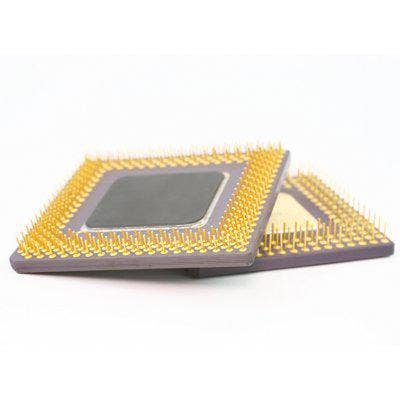
The Coolest In The CPU/GPU Market
The GPU and CPU market may be combining, thanks to the advent of integrated chips and parallel processing, and the processors themselves may be shrinking in size, but that doesn’t mean the market is getting smaller. In fact, with the intense competition between Intel, AMD and Nvidia in the next-generation processor race, 2011 so far has delivered some of the most eye-popping, benchmark-busting products in recent memory.
Here are the 10 hottest CPU/GPUs of the year -- so far.
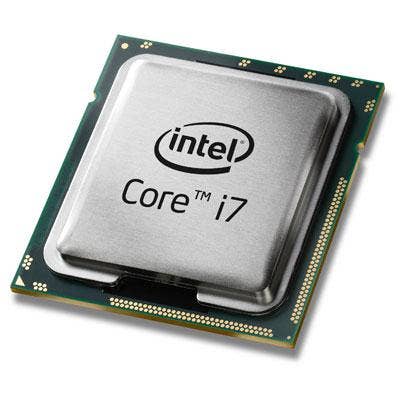
Intel Core i7
Intel kicked off 2011 on a high note with the introduction of its second-generation Core processor family, which is based on Intel's long-awaited and heavily hyped new 32-nm microprocessor architecture, code-named "Sandy Bridge" (read the CRN Test Center review of Intel's Sandy Bridge). The updated Core i7 family is the Rolls Royce collection of the bunch; the Core i7-2600 features a clock speed of 3.4 GHz with four cores and an 8 MB L3 cache. The i7-2600K comes with an unlocked multiplier for overclocking and the i7-2600S is the low power model that runs at a lower clock speed of 2.8 GHz but consumes much less energy.
Then there's the Core i7 990X Extreme Edition, which boasts six cores, 12 threads, 12 MB L3 cache, and a 3.46-GHz clock speed that can be improved to 3.73 GHz using Intel's Turbo Boost 2.0 technology. Based on Intel's Gulftown architecture, the i7 990X is expensive -- around $1,000 -- but incredibly powerful.

Intel Core i5 (Sandy Bridge)
While the Core i7 series tops the benchmark charts with their impressive speeds, Intel's new Core i5 family may be the most alluring of Intel's second-generation releases, thanks to Core i5's compelling price points and scalability. Case in point: the Core i5-2500 model comes with four cores and a standard 3.30 GHz clock speed that can be raised to 3.70 GHz with Intel's Turbo Boost 2.0 technology -- all for approximately $210. And if you want to boost the clock speed even higher for just a few dollars more, the Core i5-2500K model comes with an unlocked multiplier for hardcore overclocking.
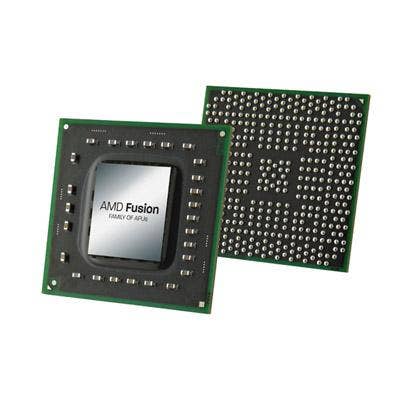
AMD Fusion E-Series Zacate
AMD has its own next-generation microprocessor architecture, dubbed Fusion, which combines CPU and GPU capability on a single die. As a result, AMD's Fusion APUs (accelerated processing units) deliver multi-core x86 CPU power and DirectX 11-capable graphics on the level of a discrete graphics card. Like Intel's Sandy Bridge, AMD introduced Fusion at CES 2011 in January, launching the C-Series, G-Series and E-Series families built on AMD's low power "Brazos" architecture.
Among those groups, it was the E-Series that stood out the most. Formerly code-named "Zacate," the E-Series APUs are designed for mainstream notebooks as well as small form factor and all-in-one desktops. The chips sport up to two cores and a clock speed of up to 1.6 GHz while drawing low power and at the same time delivering potent graphics performance.
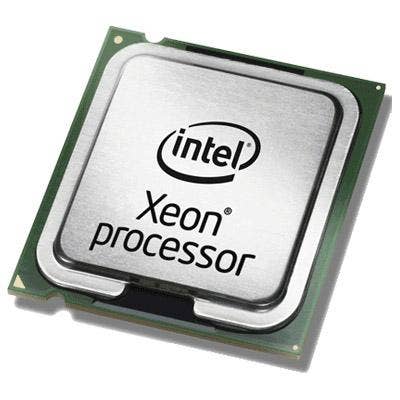
Intel Xeon E3
Intel's Xeon family has been kicking around since the late 1990s, and if the E3 series is any indication then Xeon still has plenty of life left in it.
The Xeon family received an update this year, courtesy of Intel's Sandy Bridge architecture; the E3 series brings Sandy Bridge to the workstation and server market and brings along some of the same benefits of Sandy Bridge desktop chips, such as Turbo Boost 2.0 and Intel's Hyper-Threading technology. Some of the E3 models, such as the flagship E3-1275, feature Intel's HD Graphics P3000 for high performance media processing. The E3-1275 also comes with four cores, a 3.4 GHz standard clock speed, and 8 MB L3 cache.
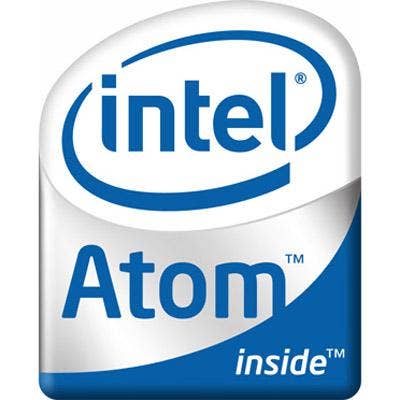
Intel Atom N570
Netbooks aren't quite as hot as they were a few years ago, but Intel's Atom platform are still a crucial part of the chip giant's mobile strategy. The low power Atom platform received a new edition earlier this year with the N570 microprocessor, which is based on Intel's Pineview architecture. But the new Atom chip comes with a dual core configuration and ups the processing speed to 1.67 GHz. Even with the increase in performance, the Atom N570 still consumes little power, making it ideal for new, higher-performance netbook models and mobile devices.
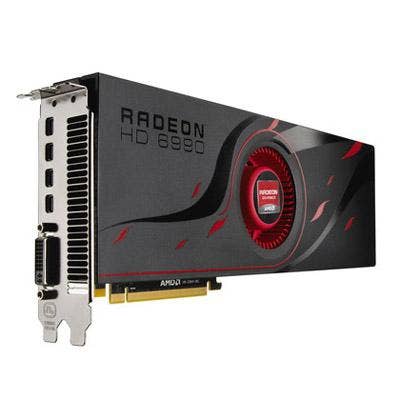
AMD Radeon HD 6990
AMD has been on a roll with its graphics cards lately, thanks to the success of its DirectX 11-capable Radeon 5000 series. AMD upped the stakes with its Radeon 600 series, which brought additional features such as 3D visuals and support for up to six separate displays. The flagship of the 6000 series -- and the entire AMD graphics family -- is the Radeon HD 6990, which established itself as the fast graphics card in the world. The new card comes with a whopping 4 GB of DDR5 memory, more than 5 billion transistors, an 830 GHz clock speed, and more than 3,000 stream processing units.
Besides blowing the roof off of benchmark tests everywhere (read the CRN Test Center review of the Radeon HD 6990), the 6990 was designed for hardcore gaming systems and high-end media workstations that require intense visuals at the highest display resolutions. The card also comes with an "unlocking switch" that allows users to boost the clock speed -- and power consumption -- of the flagship card.
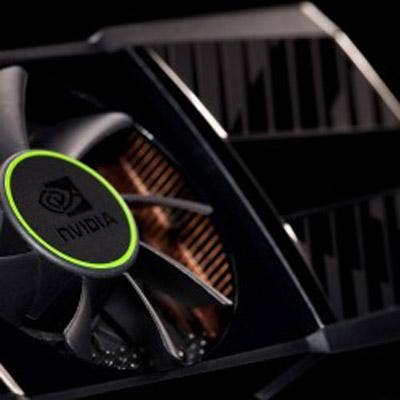
Nvidia GeForce GTX 590
Hot on the heels of AMD's release of the Radeon HD 6990, Nvidia introduced its own benchmark topping flagship card: the GeForce GTX 590, which features two Cayman GPUs packed inside a single card. The GTX 590 has a total of 6 billion transistors, 3 GB of GDDR5 memory, and more than 1,000 CUDA (compute unified device architecture) cores, which is double the number of CUDA cores inside the previously released GTX 580. Along with blazing speed, the card runs surprisingly quiet thanks to a specialized cooling system.
The DirectX 11-capable graphics card is the most powerful dual GPU product the company has ever built -- so powerful that Nvidia claims the GTX 590 is the fastest graphics card on the market. AMD, of course, says the 6990 is still tops, so we'll call it a tie and leave it at that.
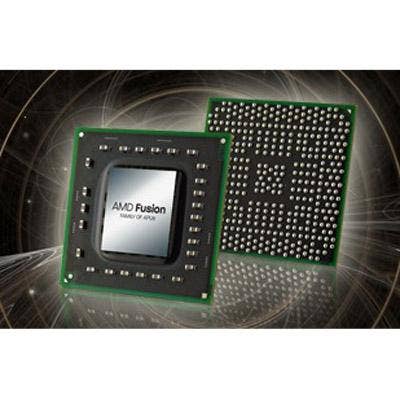
AMD Fusion A-Series Llano
Following the introduction of the E-Series Fusion APUs earlier this year, AMD recently launched the A-Series high performance notebooks and desktops. The A-Series, like other Fusion APUs, offers parallel processing by combining CPU and GPU capabilities on a single chip; the A-Series mashes up to four x86 CPU cores with up to 400 Radeon graphics cores and dedicated HD video processing. The desktop version offers up to four CPU cores and clock speeds of up to 2.9 GHz.
The A-Series emphasizes improved battery life – up to 10 hours – and strong DirectX 11 graphics support that reduces or eliminates the need for a separate discrete graphics card. The A-Series also comes with a new feature called AMD Stead Video, which provides image stabilization for shaky or unstable video playback.
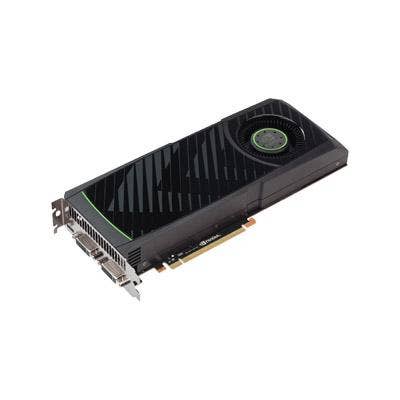
Nvidia GeForce GTX 580M
Nvidia recently claimed the title of "fastest laptop GPU" with the release of its GeForce GTX 580M. The company's newest high-end graphics card for mobile devices has some impressive technical specs: processor clock speed of 1.24 GHz, 384 CUDA cores, and up to 2 GB of DDR5 memory. According to Nvidia, the card offers six times the graphics tessellation performance of any other notebook GPU.
But the GTX 580M comes with more than just faster speeds; the new mobile card also comes with Nvidia's 3D Vision technology as well as Nvidia's Optimus technology, which can extend battery live for notebooks by switching on and off the 580M so that it only runs when it's needed. In addition, Nvidia says the GTX 580M is 20 percent more energy efficient than previous generations, which is key for high-powered notebooks.
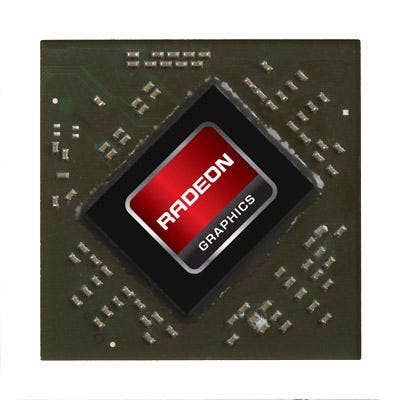
AMD Radeon 6990m
After Nvidia released the GeForce GTX 580M, AMD wasted little time before introducing its Radeon HD 6990M to wrestle the title for "fastest laptop GPU" away from its chief graphics rival (are we detecting a pattern here?). The 6990M, like the existing 6990 model for desktops, packs a punch with a clock speed of 715 MHz, 1.7 billion transistors, 2 GB of GDDR5 memory and 1,120 stream processing units. The mobile DirectX 11-capable card also comes with plenty of AMD's usual bonus features like Eyefinity multi-display technology that supports up to six monitors, stereoscopic and Blu-ray 3D support, and AMD's PowerPlay technology for power management.